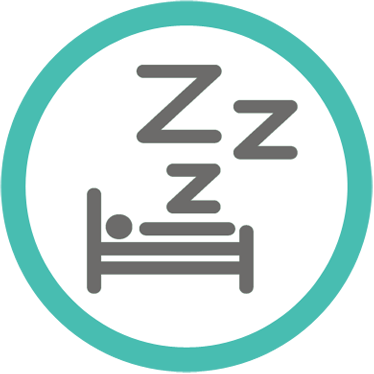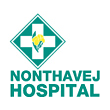Service
- 1. Diagnosis of sleep disorders, e.g. snoring, obstructive sleep apnea, disturbed sleep, somnambulism (sleepwalking), sleep bruxism, restless leg syndrome (RLS), periodic limb movement disorder (PLMD), daytime fatigue, by sleep specialists, pulmonologists and ENT doctors (otolaryngologists).
- 2. Polysomnography or sleep test: The clinical test at the hospital under supervision of sleep specialists is performed to address sleep disorders.
- 3. Types of polysomnography or sleep test available at the center;
- 3.1. Full-night polysomnography: The diagnostic procedure observes the overnight sleep to detect abnormalities and unpleasant behaviors during sleeping.
- 3.2. Split-night polysomnography: The diagnostic procedure observes the overnight sleep to detect abnormalities and unpleasant behaviors during sleeping, with continuous positive airway pressure (CPAP) during the second half of the sleep. The device finds the suitable positive airway pressure to treat obstructive sleep apnea.
- 3.3. PAP-titration study: The test finds the suitable positive airway pressure to treat obstructive sleep apnea.
- 4. Diagnosis of excessive daytime sleepiness by multiple sleep latency test (MSLT): The test is conducted at the hospital in the daytime.
- 5. Interpretation of sleep tests by sleep specialists certified by the Sleep Society of Thailand.
- 6. Consultation on treatment of obstructive sleep apnea, for example use of continuous positive airway pressure (CPAP/BPAP).
- 7. Services are available for patients reaching 15 years of age or higher.
Examination rooms and medical tools
- 1. Polysomnography: The patient will undergo the following tests;
- 1.1 Electroencephalography (EEG) and Electrooculography (EOG) to check the stage of your sleep
- 1.2 Electromyogram (EMG)
- 1.3 Electrocardiography (EKG)
- 1.4 Mouth and nose airflow
- 1.5 Chest and abdominal movement
- 1.6 Arterial oxygen saturation
- 1.7 Carbon dioxide tension
- 1.8 Snoring
- 1.9 Body position
- 1.10 Periodic limb movement disorder
- 1.11 Treatment with continuous positive airway pressure (CPAP) to find the suitable positive airway pressure to treat obstructive sleep apnea. (PAP titration)
- 2. Multiple sleep latency test (MSLT) to identify the causes of excessive daytime sleepiness. The test is conducted in a sleep test room.
© Copyright 2014 Nonthavej Hospital Public Co.,Ltd. - 432 Ngamwongwan Rd. Bangkhen Nonthaburi 11000, Thailand





